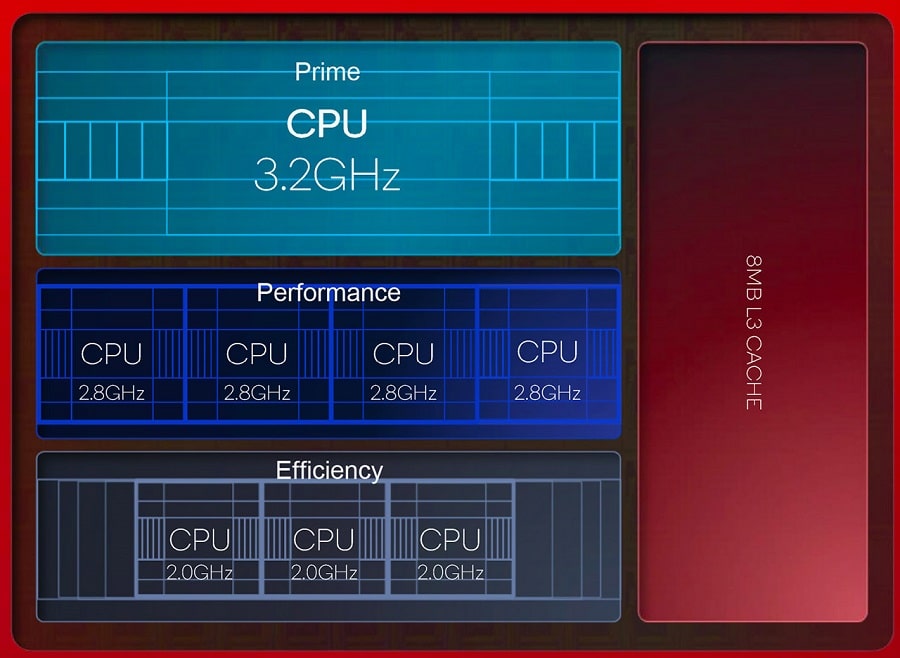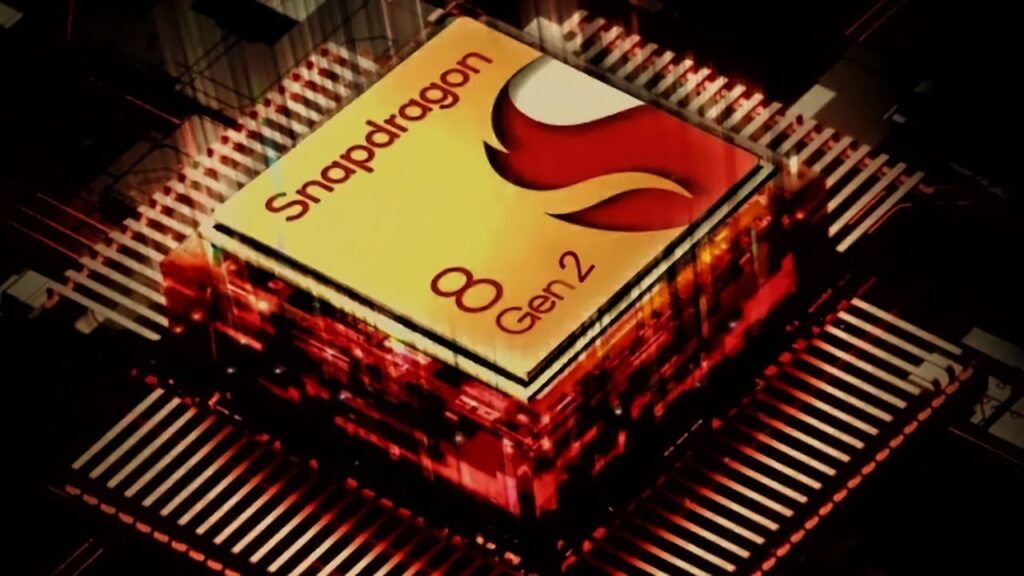Qualcomm presented its new allo chip Snapdragon Summit, held on the island of Maui in Hawaii. Where the first users, including journalists and partner companies, were able to test the new chip Qualcomm Snapdragon 8 Gen 2 and also carry out i first benchmarks. Which testify to how powerful the processor that will power the next ones is top of the range Android arriving in early 2023.
Qualcomm Snapdragon 8 Gen 2: the first chip benchmarks
Qualcomm does not directly produce smartphones, instead supplying many brands, from Samsung to Nokia, from Honor to Xiaomi, Oppo, vivo and any other Android manufacturer. But to showcase the possibilities of the new chip, he made a “reference design“, a smartphone that will not be marketed but which allows you to test the functionality of the SoC.
On the “test” smartphones, journalists and analysts present in Maui were able to run benchmarks between those already installed and those they downloaded, testing the performance of Qualcomm Snapdragon 8 Gen 2. A chip that changes a lot compared to the previous generation.
Architecture
Indeed the architecture of the CPU Kyro changes, while remaining from eight total cores. The main one is the powerful core Arm Cortex-X3 principale a 3,2GHzaccompanied by four performance cores (one more than in the past) at 2.8GHz: a pair of Cortex A-710 and one of Cortex A-715. Finally there are three cores for energy efficiency Cortex A-510yes 2.0Ghz.

This architecture should ensure a 35% higher peak power, with 40% more efficiency.
Instead the GPU Adreno aims to improve graphics performance by 25%, with 45% better energy efficiency. Also, it supports the Ray Tracing hardware e le API Vulkan 1,3to improve performance by 30%.
There is also the Hexagon processor that promises more faster AI performance by 4.35 times, as well as support for Wi-Fi 7 connectivity, and the Snapdragon X70 modem for better 5G performance. And then tons of improvements for the camera, 3D audio and a number of improvements that however Qualcomm Snapdragon 8 Gen 2 benchmarks can’t show. To test them, we will have to wait to see them on the smartphones they will announce in the coming months.
Qualcomm Snapdragon 8 Gen 2 benchmarks
We could not test the device by hand, so we decided to make an aggregate of the various benchmarks reported online by various newspapers. Almost all American, but Hardware Upgrade Italia has carried out a series of very interesting comparisons, which you can find at the link indicated. We report the latter, in line with what we have seen in other publications.
He tests Geekbench 5 reports CPU performance, useful for evaluating how fast you are performing everyday tasks. Qualcomm’s Snadragon 8 Gen 2 does really well in the single thread benchmark, coming in at 1490. Above all Android rivals (both first generation, Dimension 9000+, Google’s Tensor G2 and Samsung’s Exynos 2200). But below compared to the A16 Bionic of the latest iPhones (1868). However, the distance to the Apple chip is shortened in the multi-thread test, 5150 per Qualcomm e 5344 per iPhone 14 Pro Max.

In the PCMark however the Dimension 9000+ comes out on top, while in Speedmeter 2.0 it returns first among Androids, but far behind Apple. However, the operating system difference makes a comparison more difficult.
Record-breaking graphics power
As for graphics operations (therefore especially games on mobile), Qualcomm Snapdragon 8 Gen 2 beats everyone in the benchmarks, including Apple. In 3D- Wild Life Unlimited, he proves to have an average fps of 82: even the new iPhone 14 Pro Max stops at 71, all the others remain below. In version Extreme of the test, the new chip Qualcomm emerge con 23, surpassing both A16 Bionic and Snapdragon 8+ Gen 1, stopped at 17 frames per second. Again, we point out that the differences in the operating system make a direct comparison with the Apple smartphone more difficult.
The new Qualcomm chip therefore proves to be excellent, at the top without stories of the Android world and with graphics performance on paper even better than Apple. But the power of mobile chips currently exceeds that needed for everyday use in very many cases. In addition to power, it is advisable to keep in mind autonomy, AI functionality (where for example Google’s Tensor catches up). And above all, we have to wait to understand how the various manufacturers will highlight these hardware capabilities.
In short: Snadpragon 8 Gen 2 seems very promising, but to give an opinion on the smartphones that will mount it, we have to wait until you have time to do some reviews. We will keep you posted















Leave a Reply
View Comments